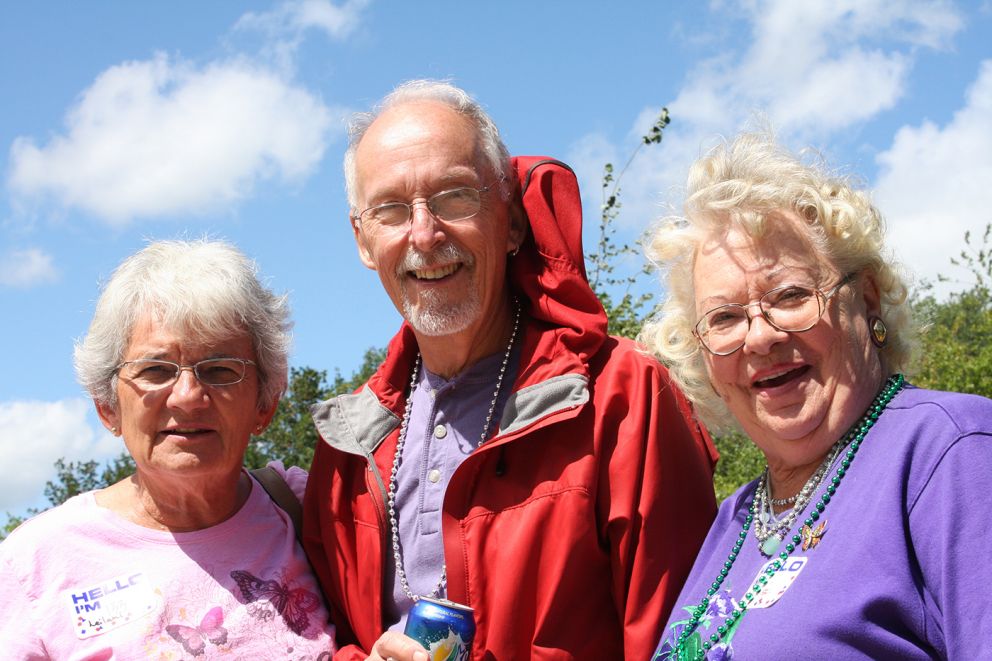About Age-Friendly Maple Grove

Age-Friendly Maple Grove is a community-driven, city-sponsored initiative to make Maple Grove a better place to grow older.
In 2016 the City of Maple Grove joined the AARP Network of Age-Friendly Communities, part of the World Health Organization’s Age-Friendly Cities program. Member cities & counties (see the list here) include 22 in Minnesota--including Hennepin County--more more than 818 in the U.S., and 1,000+ worldwide. The State of Minnesota also joined the network in January 2022. As members, we commit to taking steps to become age-friendlier by following this program’s framework. According to WHO, age-friendly cities are places where older adults can “live in security, enjoy good health and continue to participate fully in society.”
Our fundamental model of society must change. Cities simply haven’t been built, and services developed, with modern lifespans in mind. In Maple Grove, nearly 28% of the population is 55 or older, up from about 11 percent in 2000. Society-wide ageism persists as well, with negative consequences for all of us. Aging is being redefined as we enter this unprecedented era.
Age-Friendly Maple Grove launched with the recognition of these profound demographic and cultural shifts and a mission to ensure that older adults are valued, supported and able to contribute to and participate in community life for as long as possible. Its Leadership Team is comprised of city staff, community volunteers, and representatives from health care, senior housing, nonprofit community organizations, home health care service providers, and others.
AF MG launched its second three-year action plan in January 2024. The plan covers numerous domains of community life - including housing, transportation, communication and information, social connection, and more. It addresses priorities that were developed through a community needs assessment conducted in 2022 and 2023.
Interested stakeholders and community members are encouraged to get involved at any level--from simply attending a meeting to diving into a project to contributing to strategic planning.
Learn more:
Leadership Team
The Leadership Team meets quarterly. In 2024, meeting dates are Feb. 9, May 10, August 9, November 8, and meeting times are 9-10:30am.* All are welcome to attend. Meetings are held virtually via WebEx. To join a virtual meeting, please email efaust@maplegrovemn.gov.
Members
Patty Anderson, Resident
Byron Byraiah, Hindu Temple
Tim Conaway, Resident; Maple Grove Lions
Andrea Erickson, SilverCreek on Main
Liz Faust, 55 Forward Supervisor, City of Maple Grove (Chair, Age-Friendly Maple Grove)
Deane Gradous, Resident
Goytree Hakim, Resident
Joe Hogeboom, Community Development Director, City of Maple Grove
Esther Hollender-Felson, CROSS Services
Kristy Janigo, Councilmember, City of Maple Grove
Marie Maslowski, Resident
Carmen Mazzuchella, Resident
Carrie McLachlan, North Memorial Health System
Kara Melvin, CROSS Services
Lydia Morken, Morken Consulting
Giannina Posner, Three Rivers Park District
Jennifer Olson, SilverCreek on Main
Kelly Swanson, Resident; MHealth Fairview Maple Grove Clinics
Cheryl Nelson Theuninck, Resident; United Health Group
Bill Tiedemann, Trellis (Metropolitan Area Agency on Aging)
Jane Warren, Resident

